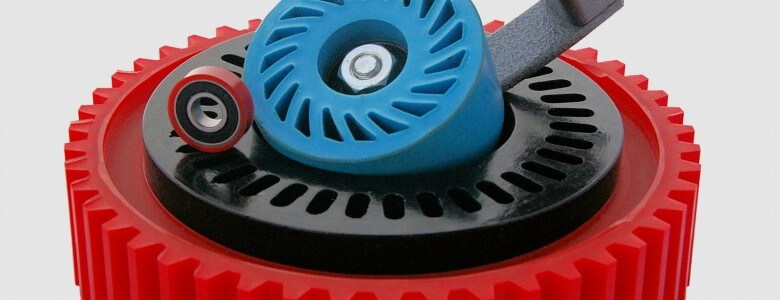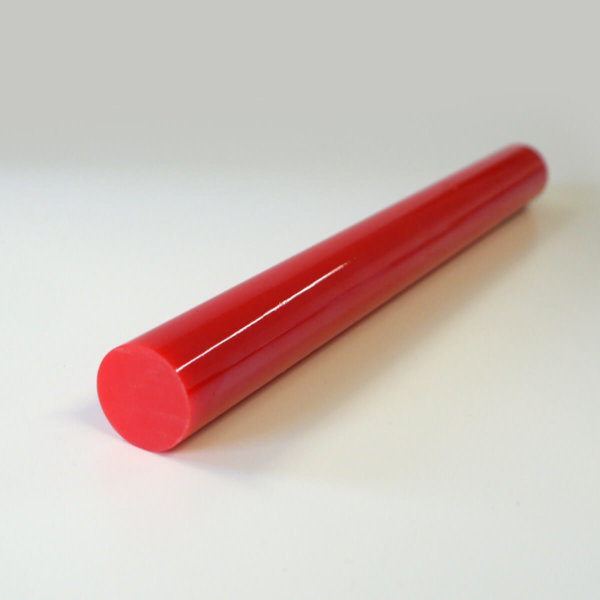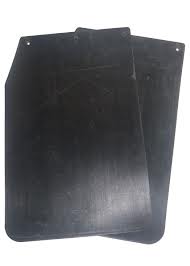New uses for polyurethane emerge regularly as this versatile material’s reputation grows. Making it a good idea to update our understanding of types of polyurethanes and their applications. which is why we have written the ultimate guide to polyurethanes.
From the wheels driving industry to the clothing you wear to the gym and your comfy chair, polyurethanes are everywhere. You will find forms of this highly diverse material in all aspects of modern life, including over your head in aerospace structures and parts, and beneath your feet as cable insulation.
As it is becoming so heavily relied on – by so many sectors of industry – that it’s worth just taking stock of its many forms and applications. Not least as you may find polyurethane to be your ideal problem-solving material!
A reminder of the science behind polyurethanes
This website includes articles explaining the complex chemical processes involved in how polyurethane is made, and insights into polyurethane’s history and uses.
Suffice it to say, by blending the base materials, additives and catalysts, it is mind-blowing how much you can alter the properties of polyurethane.
Whatever the tensile and functional variations though, the advantages are universal. Polyurethanes are quick to produce (in the hands of a specialist), cost-effective and incredibly durable. Also, prototypes made from polyurethane can be incredibly intricate, but still entirely accurate.
Its molecular structure bonds so tightly that it has the load-bearing ability of metal, and unlike rubber and other alternative materials, it is oil, moisture and mildew resistant, and impervious to abrasion, cracking and warping.
Now we’ve summed up just some of the benefits of polyurethanes, let’s look at some of the common forms it takes. These cover the two main classifications of polyurethanes – polyester and polyether – but focus mainly on industrial applications.
Related article: Polyurethane versus Nylon: which makes better wheels?
Polyurethane Foam

This is one of the most widespread applications for polyurethanes, but even this involves many variations. It can be foam produced for comfort and resilience – in furniture for example – or engineered as a protective rigid foam for use in the aerospace and automotive industries.
Binders, adhesives, coaters and sealers
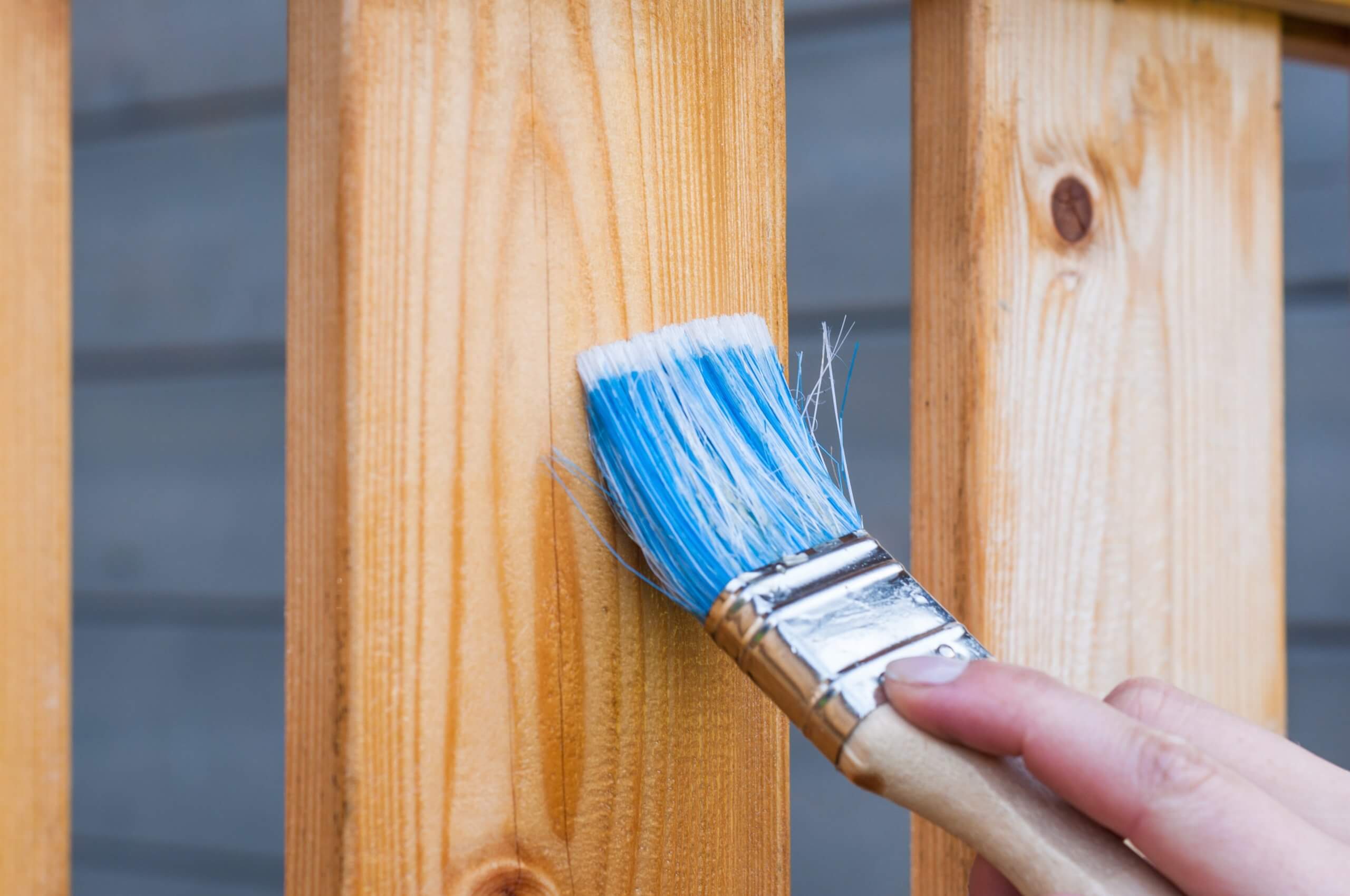
Once blended, the molecular elements of polyurethanes bond in a truly impressive way. It is possible to take advantage of this and create a binding, adhesive and sealing products.
As it is strong and durable (and can be produced in any colour) it makes an ideal protective layer for wood, for example. Particularly to take advantage of its ability to withstand heat and cold.
It is also possible to formulate polyurethanes that bond metal surfaces together with the firmest possible fix, sealants that set as hard as stone or binders that retain a degree of flexibility.
Thermoplastic Polyurethane (TPU)
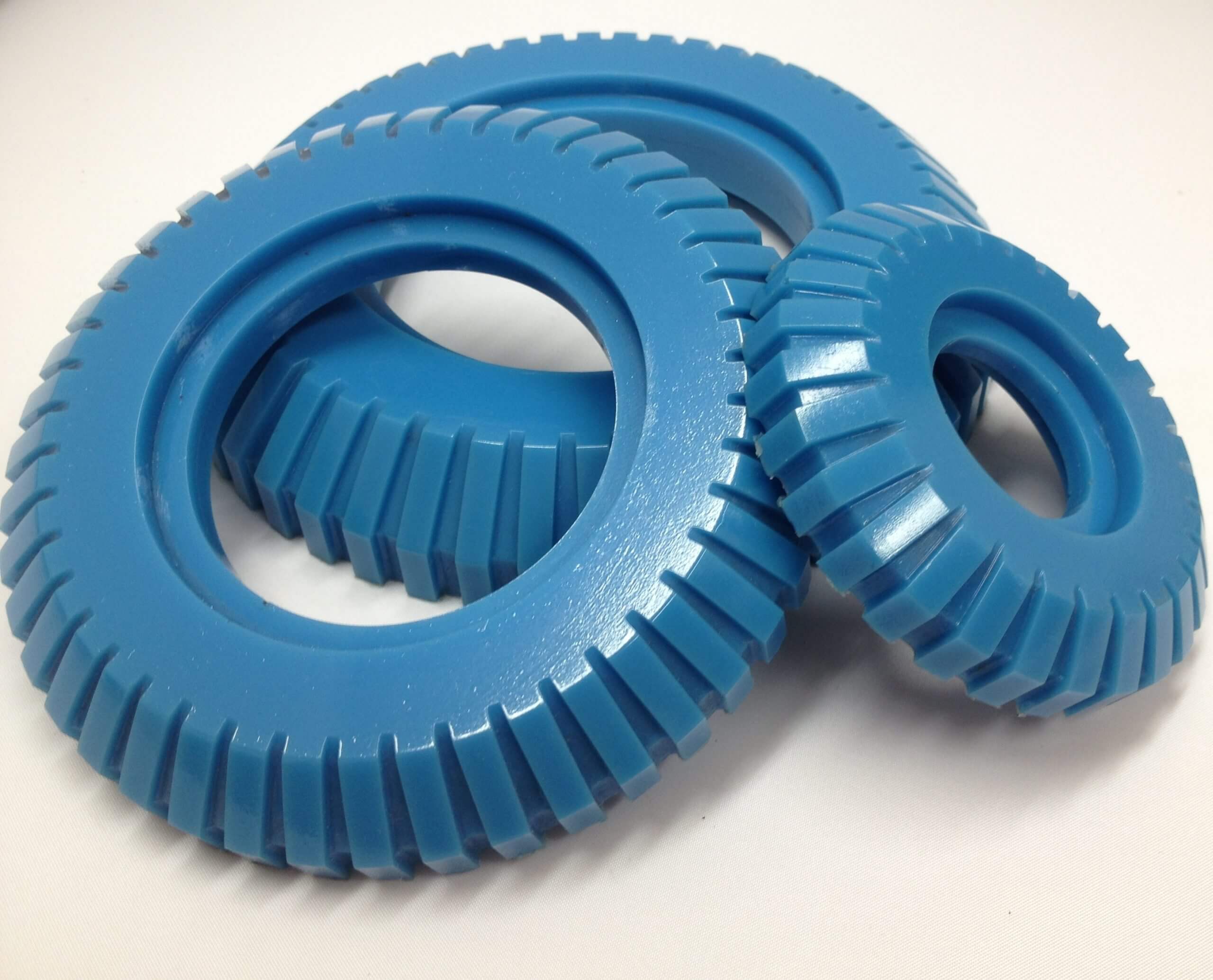
This variation really optimises polyurethane’s wide spectrum of tensile properties. It involves companies outsourcing their precision-engineered parts with high expectations of elasticity, flexibility and shock-absorbancy. As well as an ability to cope with high temperature or considerable weight and abrasion.
Examples of products crafted from TPU include construction materials and parts for the automotive industry, as well as bollards, posts and barriers.
Read more: Polyurethane: A Plastic or a Miracle?
Reaction Injection Molding (RIM)

When formulated to be suitable for RIM shaping techniques, polyurethane can produce heavy-duty structures and parts that offer unrivalled resilience and shock absorbency. This could be larger projects such as vehicle bumpers, or small components that shield delicate wiring in electronic products. The aim is often to produce a lightweight unit that is still utterly reliable.
Related article: Polyurethane versus Rubber: which is right for your project?
Waterborne Polyurethane Dispersions
This type of polyurethane illustrates the way you can impact outcome and purpose with one step change when the material is blended. Waterborne Polyurethane Dispersions include a careful amount of water, to create a water-based solvent or coating. They are an excellent alternative to adhesives containing volatile organic compounds and toxins.
Related article: Why polyurethane rollers out-perform other materials
Recommended specialists in polyurethanes
Using expert formulation and moulding techniques for polyurethane, a CAD file can become a prototype or run of parts swiftly and accurately. From structures that can load bear to incredible levels, and sound and temperature insulation materials, to tiny components and liquid adhesives.
The trick though is to find a polyurethane specialist who can match your requirements for custom made polyurethane products. Especially if you need polyurethanes precision engineered using highly specific finishing techniques too.
That, of course, means contacting the knowledgeable and responsive team at Custom Moulded Polyurethane.
Want to find out how much it will cost to make your products?
